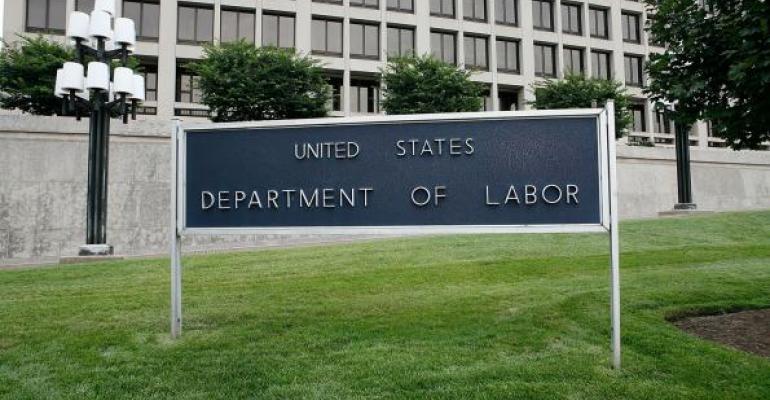Financial advisors across the country are preparing for the new DOL fiduciary rule that takes effect on April 10, 2017 – or at least they should be. Despite the fact that we are seven months out from the implementation deadline, there is still significant confusion surrounding the rule, its provisions, and its exemptions.
In fact, while speaking with advisors during AssetMark’s educational 16-city DOL road tour, we discovered several reoccurring misperceptions about the fiduciary rule from the advising community. Here are the myths we consistently heard from advisors, with corresponding factual information for each.
The first myth we hear right out of the gate from advisors is that the new DOL fiduciary rule will only impact certain types of retirement assets. However, this is not the case — the new rule will apply to all qualified retirement accounts, including IRAs and 401(k)s.
The DOL Rule won’t Impact my Business
I can’t tell you how many times we’ve heard from advisors that since the DOL removed a number of provisions from the final version of the rule, it will no longer have a substantial impact on their day-to-day business. While the DOL did in fact make the final version less cumbersome, the rule will still have a transformative impact for all advisors. In fact, all brokers and advisors providing recommendations on retirement assets will now have to operate under the Employee Retirement Income Security Act (ERISA). In effect, this means that they will need to completely avoid any conflicts of interest when recommending retirement assets; a drastic change from the pre-DOL rule world.
Along these lines, many RIAs believe that the DOL rule will not impact their business because they are already operating as fiduciaries. In reality, RIAs currently follow the Advisers’ Act fiduciary standard, which is less expansive than ERISA’s standard. Under the Advisers’ Act, RIAs previously could resolve conflicts of interest when advising on retirement assets merely by disclosing the conflict. Now, under ERISA, they must avoid any conflicts of interest entirely. This is, in fact, another common myth: that under the DOL rule, conflicts of interest can be “cured” through disclosure. As stated, conflicts must be avoided outright.
Confusion around Exemptions
Perhaps the largest source of advisor confusion stems from the various exemptions and provisions associated with the new DOL rule. In particular, advisors are quick to reference the Best Interest Contract (BIC) exemption as a way to continue using commissioned products, which are considered a conflict under the current rule given the financial incentive that exists for advisors to offer those products. While the BIC exemption does enable advisors to use commission products, the advisor is still acting as a fiduciary and must prove the specific product is in the client’s best interest. This could potentially expose firms to heightened risk if clients decide to argue after the fact that certain investment products were actually not in their best interest.
Much misunderstanding also exists regarding the timing of the BIC exemption. While some disclosure elements of the BIC run through January 1, 2018, advisors will be held to a fiduciary standard for all BIC assets months earlier — on April 10, 2017.
Another exemption-related myth we hear is that the rule’s grandfathering provision, which can be used to avoid moving clients out of commission products, allows advisors to continue to receive compensation indefinitely from those investments. In fact, from the moment an advisor implements a grandfathering clause, all future recommendations regarding the grandfathered assets will require full adherence to the new fiduciary standard. At the end of the day, advisors should be wary of the DOL rule’s exemptions, as they might create more problems than they solve.
While it is concerning the level of confusion that continues to persist about the DOL rule, advisors still have an opportunity to get a handle on the rule and make necessary preparations before the April deadline. The advisors that work to comply with the rule and restructure their business around its provisions – despite the short-term costs involved – will be best set up to succeed moving forward.
Matt Matrisian is Senior Vice President, Strategic Initiatives at AssetMark, Inc. @AssetMark.

